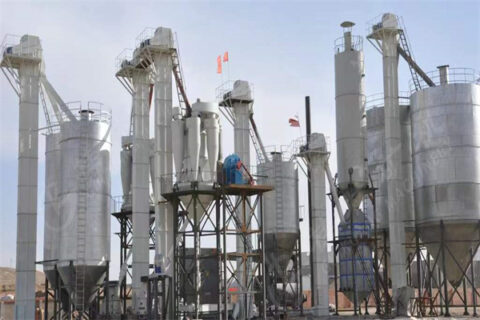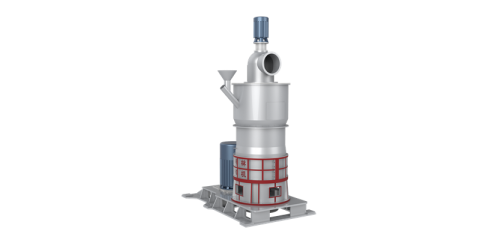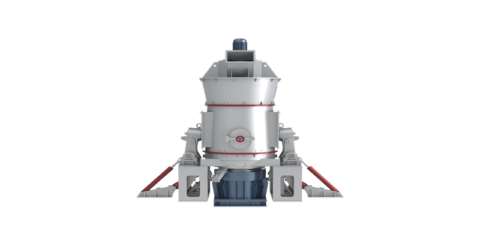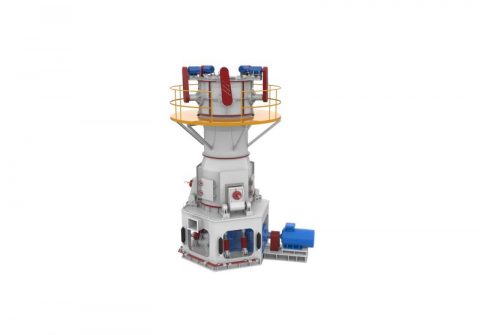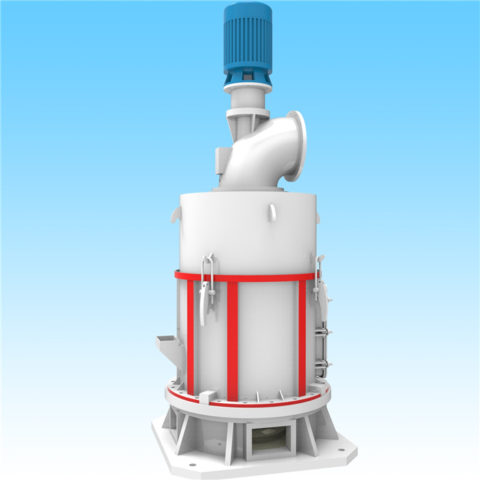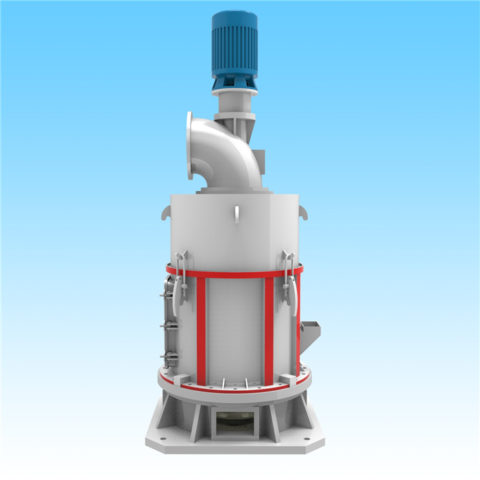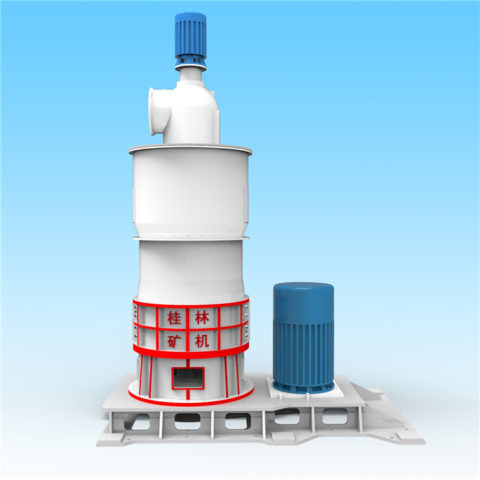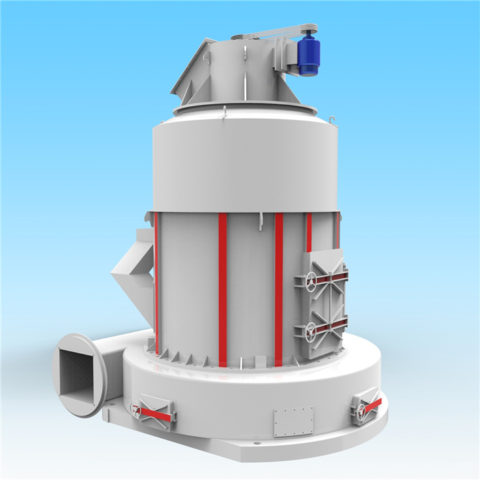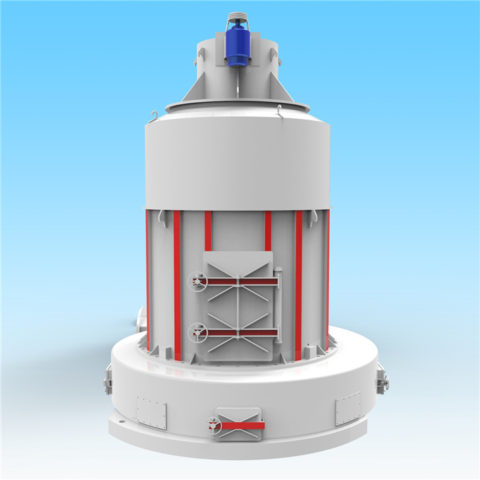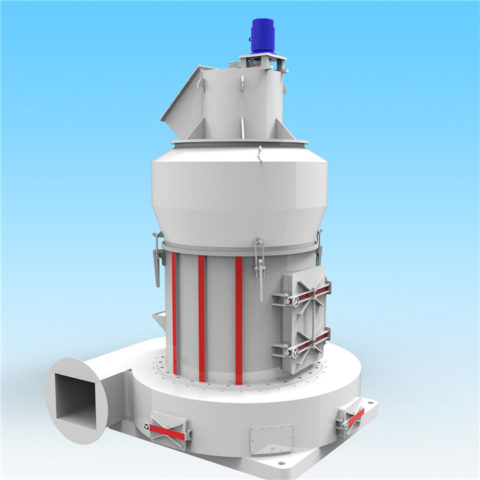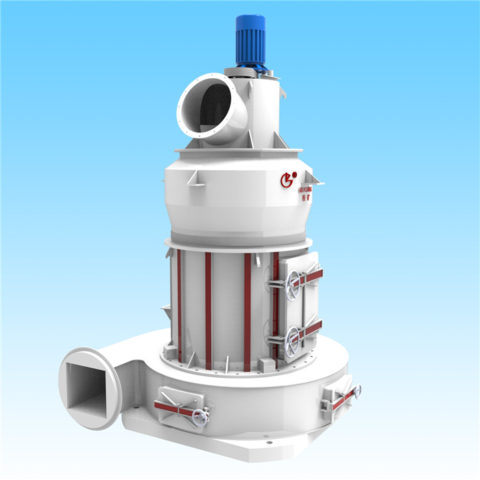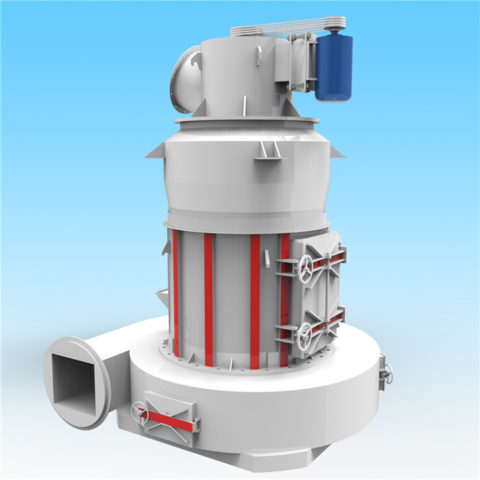The operational efficiency and longevity of Raymond mills are significantly influenced by regional climatic conditions, necessitating tailored engineering adaptations to sustain performance across diverse environments.
1. High-Temperature & Arid Climates
In regions like the Middle East and Australia, ambient temperatures exceeding 45°C accelerate thermal stress on motors and bearings. Prolonged exposure degrades lubrication viscosity, increasing wear rates by 30–40%. Modern mills counter this with forced-air cooling systems and heat-resistant alloys (e.g., Inconel 718 rollers), maintaining grinding chamber temperatures below 65°C. Dust-laden air in deserts also demands multi-stage HEPA filtration (99.97% efficiency) to prevent abrasive silica ingress into mechanical seals.
2. Tropical Humid Climates
Southeast Asian and coastal African environments (humidity >80%) promote material clumping and corrosion. Mills processing hygroscopic minerals (e.g., bentonite) require dehumidifying airflow (dew point <10°C) and stainless-steel classifiers (AISI 316L) to resist pitting. Humidity-induced power leakage risks are mitigated via IP65-rated enclosures and moisture-wicking insulation for electrical components.
3. Subzero & Alpine Conditions
In Nordic and mountainous regions (-30°C), lubricant solidification and metal embrittlement impair startup reliability. Solutions include preheating systems (oil baths for gearboxes) and low-temperature-grade hydraulic fluids (ISO VG 32). Insulated grinding chambers with ceramic-lined rollers prevent thermal shock during material feed transitions from frozen stockpiles.
4. Monsoon & Coastal Saline Climates
India’s monsoon belt and coastal zones face salt spray corrosion (NaCl deposition), accelerating structural steel oxidation by 5×. Galvanized casings and cathodic protection systems extend mill lifespan by 8–10 years. Waterproof variable-frequency drives (VFDs) prevent short circuits during torrential rains, ensuring uninterrupted 24/7 operation.
5. High-Altitude Operations
Andean and Tibetan mills (3,000–5,000m elevation) grapple with 20–30% reduced air density, impairing pneumatic conveying and classifier efficiency. Turbocharged blowers and adjustable impeller angles compensate for thin-air particle separation challenges, sustaining 80-400 mesh yield rates.
Adaptive Innovations
Smart Climate Control: IoT sensors adjust grinding pressure and airflow in real-time based on ambient humidity/temperature data.
Material-Specific Coatings: DLC (diamond-like carbon) films on rollers reduce friction heat in arid zones.
Modular Seals: Quick-replace labyrinth seals adapt to seasonal dust/humidity shifts in Sahelian regions.
By integrating climate-resilient designs, Raymond mills achieve <5% performance variance across extreme environments, solidifying their role as globally deployable industrial workhorses. Manufacturers prioritizing such adaptations are projected to capture 65% of emerging markets by 2030, per Frost & Sullivan analysis.

